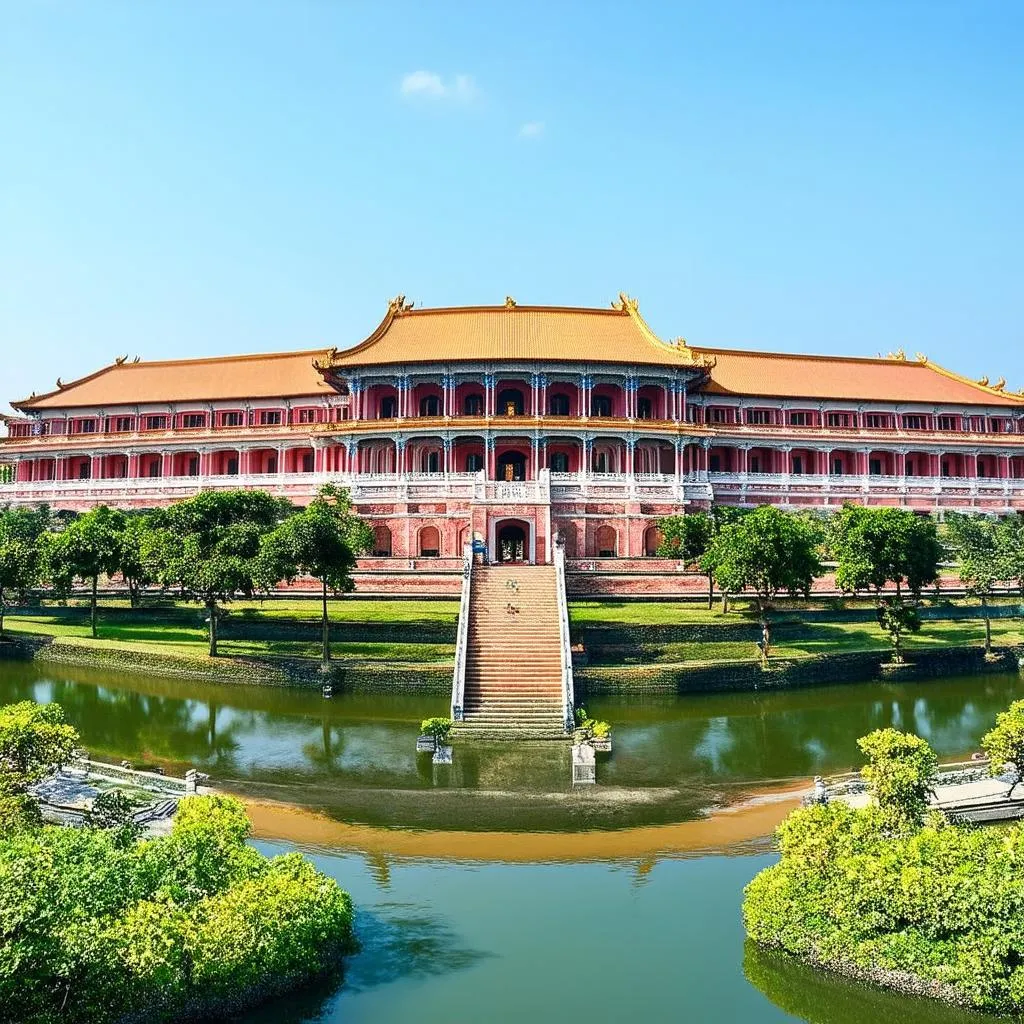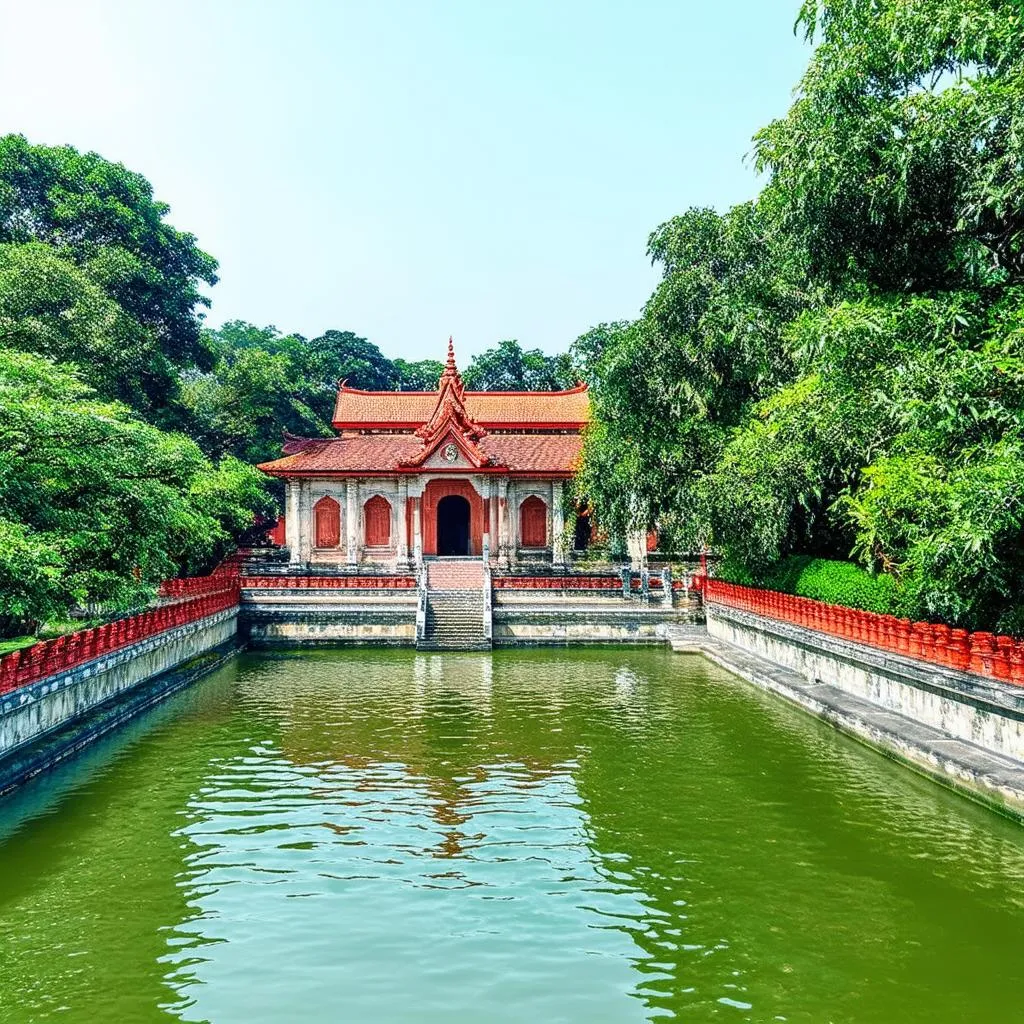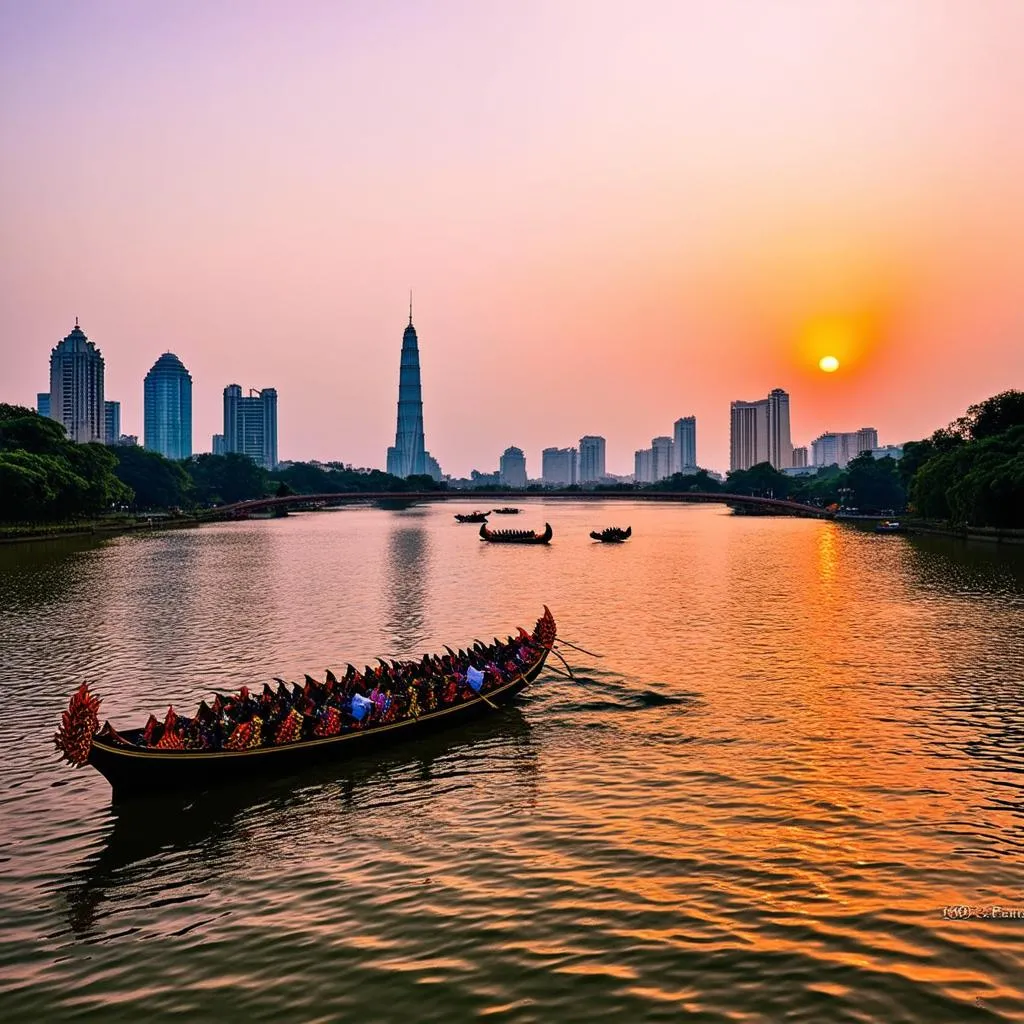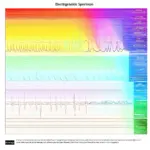“Hidden charm” perfectly describes Hue, Vietnam’s former imperial capital. Nestled on the banks of the Perfume River, Hue captivates visitors with its enchanting blend of historical grandeur, vibrant culture, and picturesque landscapes. From ancient citadels and opulent tombs to serene pagodas and bustling markets, Hue offers a journey through time and a feast for the senses.
Have you ever wondered what it would be like to walk in the footsteps of emperors or cruise along a river that whispers tales of centuries past? If so, then Hue is calling your name.
Delving into Hue’s Rich Tapestry of History and Culture
Hue’s historical significance is palpable, evident in its UNESCO-listed Complex of Hue Monuments. This sprawling complex encompasses the grandiose Imperial City, modeled after Beijing’s Forbidden City, where emperors once ruled. The intricate architecture, vibrant colors, and serene gardens transport you back to a bygone era.
“Walking through the Imperial City is like stepping back in time,” remarks Dr. Nguyen Van Minh, a prominent historian specializing in Vietnamese dynasties, in his book, “The Echoes of Emperors.” “Every brick, every gate, every inscription whispers tales of power, artistry, and the ebb and flow of history.”
 Imperial City Hue
Imperial City Hue
But Hue’s allure extends beyond its imperial past. The city is a vibrant tapestry woven with threads of art, religion, and everyday life.
Must-Visit Tourist Attractions in Hue
1. The Imperial City: A Glimpse into Vietnam’s Imperial Past
No trip to Hue is complete without experiencing the grandeur of the Imperial City. Explore the majestic palaces, serene temples, and imposing gates that once housed the Nguyen Dynasty. Stroll through the Ngo Mon Gate, the main entrance to the Imperial City, and marvel at the intricate details and imposing structure.
Tips:
- Allocate ample time, ideally half a day, to fully immerse yourself in the vastness of the Imperial City.
- Consider hiring a local guide to gain deeper insights into the history and significance of the various structures.
- Wear comfortable shoes as you’ll be doing a fair bit of walking.
2. Tombs of the Nguyen Emperors: Architectural Marvels in Serene Landscapes
Scattered across the hills and along the Perfume River lie the tombs of the Nguyen Emperors. Each tomb is a unique architectural masterpiece, reflecting the personality and reign of the emperor it commemorates.
- Tomb of Tu Duc: Known for its romantic setting, expansive grounds, and intricate carvings.
- Tomb of Khai Dinh: A fusion of Vietnamese and European architectural styles, featuring ornate decorations and a somber atmosphere.
- Tomb of Minh Mang: An embodiment of Confucian principles, boasting harmonious design and serene gardens.
Tips:
- Rent a bicycle or motorbike to explore the tombs at your own pace and enjoy the scenic countryside.
- Consider visiting early in the morning or late in the afternoon to avoid crowds and enjoy softer light for photography.
 Tomb of Tu Duc Hue
Tomb of Tu Duc Hue
3. Thien Mu Pagoda: A Symbol of Hue’s Spiritual Heart
Overlooking the Perfume River, the seven-tiered Thien Mu Pagoda stands as a symbol of Hue’s spiritual heritage. Climb the tower for panoramic views of the city and river, and soak in the peaceful atmosphere of this ancient Buddhist monastery.
Tips:
- Dress modestly when visiting religious sites.
- Take time to observe the monks going about their daily rituals and listen to the sound of the temple’s bell echoing through the air.
4. Dong Ba Market: A Sensory Overload and Shopper’s Paradise
Immerse yourself in the vibrant energy of Dong Ba Market, Hue’s largest and busiest market. From local delicacies and fresh produce to silk garments and handicrafts, Dong Ba offers a sensory overload and a glimpse into the daily life of Hue’s residents.
Tips:
- Brush up on your bargaining skills as haggling is part of the experience.
- Sample local treats like “Banh Beo” (steamed rice cakes) and “Che” (sweet dessert soups).
Planning Your Hue Adventure
When to Visit:
- Spring (February-April): Pleasant weather with blooming flowers, ideal for exploring historical sites.
- Autumn (August-October): Mild temperatures and less rainfall, perfect for outdoor activities.
Getting Around:
- Taxi: Convenient for longer distances.
- Motorbike Rental: Offers flexibility to explore at your own pace.
- Bicycle: Ideal for leisurely rides along the Perfume River and through the city center.
- Cyclo: A unique way to experience Hue’s charm.
Culinary Delights:
- Bun Bo Hue: Spicy beef noodle soup, a Hue specialty.
- Com Hen: Clam rice, a flavorful and popular dish.
- Banh Khoai: Crispy savory pancakes, best enjoyed with dipping sauce.
FAQs About Visiting Hue
Q: What is the best way to get to Hue?
A: Hue is accessible by plane, train, and bus. Phu Bai International Airport (HUI) is the nearest airport.
Q: How many days do I need to explore Hue?
A: Plan for at least 2-3 days to fully experience the highlights of Hue.
Q: Is it safe to drink the tap water in Hue?
A: It’s advisable to stick to bottled water.
Embark on Your Unforgettable Hue Journey
Hue is not just a destination; it’s an experience. An experience that lingers in your memory long after you’ve left its charming streets behind. So, pack your bags, embrace the allure of Hue, and create your own unforgettable memories in this captivating Vietnamese city.
For more travel inspiration and to plan your perfect Hue adventure, visit TRAVELCAR.edu.vn.
 Perfume River Hue Sunset
Perfume River Hue Sunset

